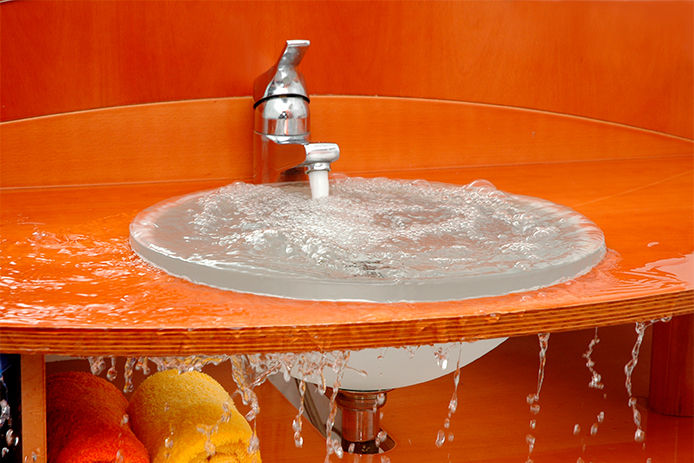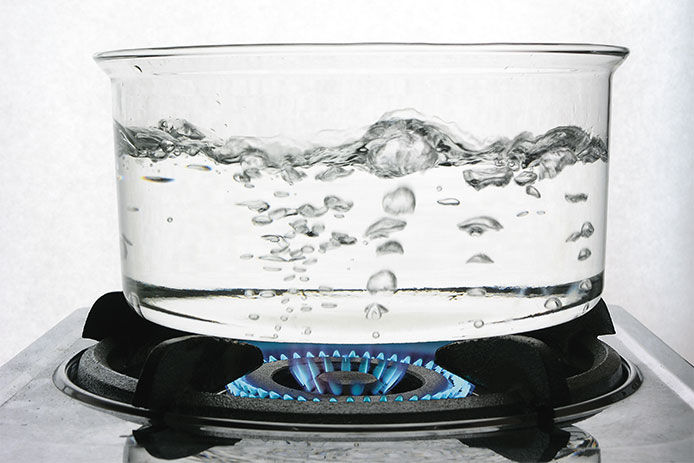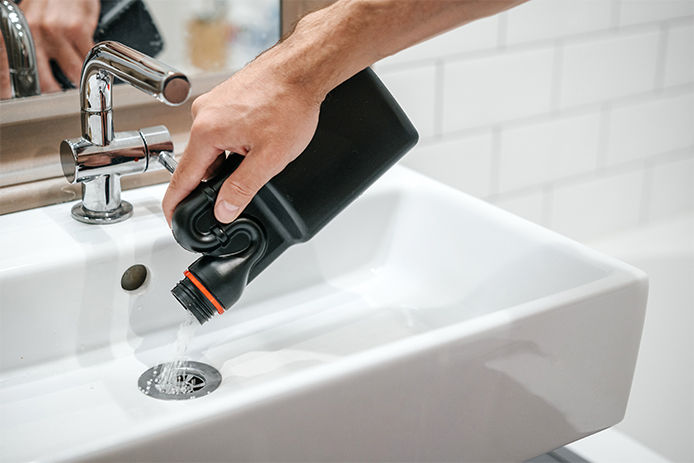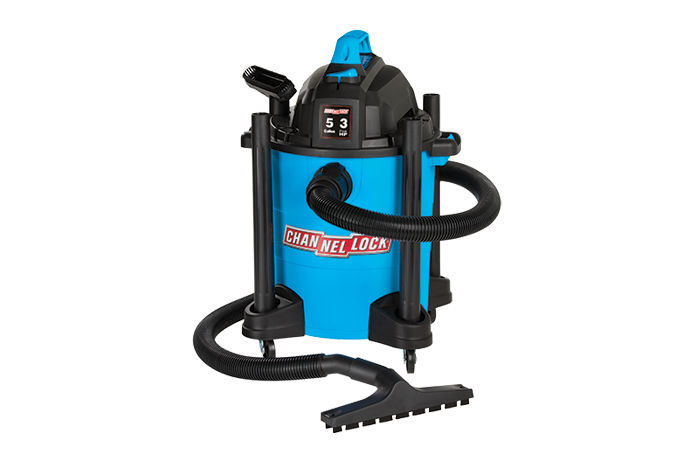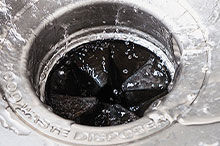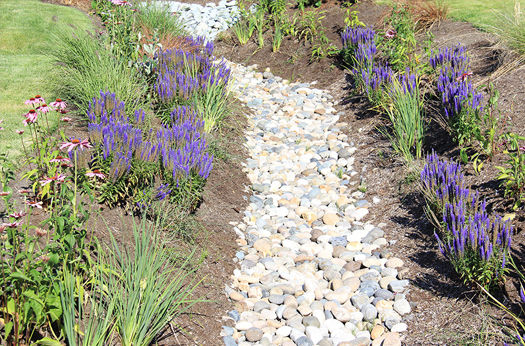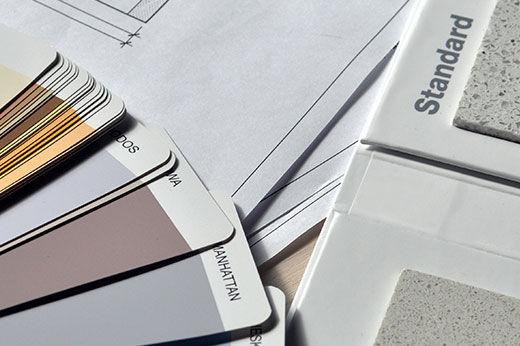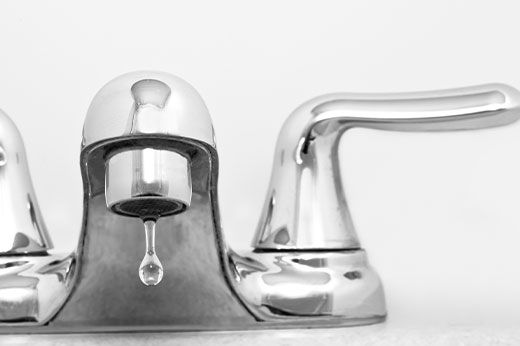Unpleasant Odor
According to an article by Alpha Plumber, one of the most noticeable signs of a clogged pipe can be the resulting odor. This isn't always the case, but if you notice a pungent and unpleasant odor, investigate immediately.
Backed Up Toilets
If your toilets don't flush, you should first try using a plunger. If this doesn't work, there are a few other solutions that you can try before calling a plumber.


